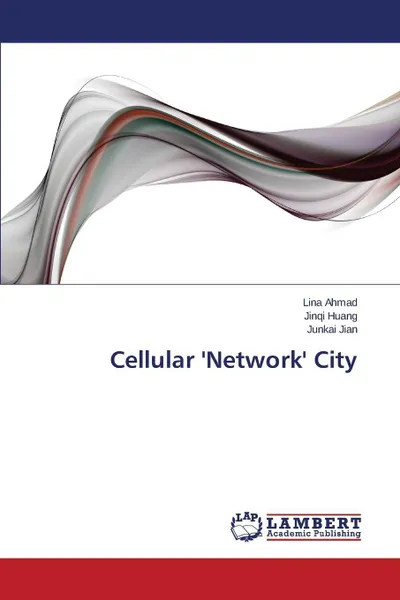Cellular 'Network' City 6+
2015
196 страниц
Категория: Искусство и культура
ISBN: 9783659643682
Язык: Английский
📘 This book presents an inciting journey of research, and investigation into the realm of algorithmic design, taking Shanghai's Expo 2010 - for its relevance at the time of the pursued study - as a prototype for a serial city, and utilising 'Subdivision' as a selected working tool and technique. Various site-scaled systems are coded with specific rules of growth and expansion configured from straight-line segments to articulate gradual spatial transitions and subdivisions with a segmented mathematical approach to the formation of curvilinear spaces and structures. Curved surface modules are controlled locally within bounding discreet volumes and are arrayed serially at various scales to form urban organisations, aggregate building structures, space dividers and porous facade systems achieving high-orders of organisational complexity resulting from simple local rules.
Мнения
